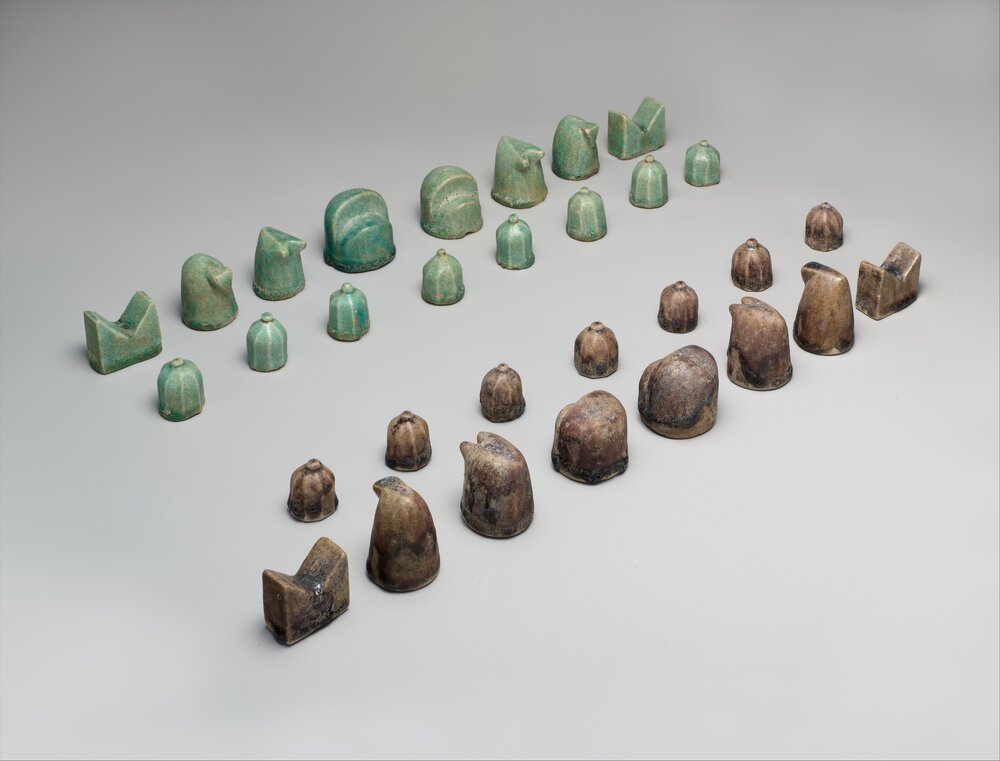Neyshabur: dazzling city of the ancient world

TEHRAN–A history buff's paradise, Neyshabur (also called “Nishapur”) was a prosperous city in ancient times.
Situated about 70 km west of Mashhad in northeastern Iran, Neyshabur was founded around the 3rd century CE. Narratives say that Nishapur derived its name from its alleged founder, the Sasanian king Shapur I.
It rose to prominence in the 8th century and was destroyed by invasions and earthquakes in the 13th century. Subsequently, a much smaller settlement was established just north of the old city, and the once vibrant metropolis remained underground until a team of Metropolitan Museum excavators arrived in the mid-20th century.
The city was excavated in 1935 by experts from the Middle Eastern art department of the Metropolitan Museum of Art.
According to the Metropolitan Museum of Art, affiliated archaeologists worked in Neyshabur between 1935 and 1940 and returned for a final season in the winter of 1947-48.
Excavators were drawn to the city because of its fame in the Middle Ages when it flourished as a regional capital and was home to many religious scholars. It was also known as an economic center - Neyshabur was on the trade route known as the Silk Road, which ran from China to the Mediterranean Sea, passing through Central Asia, Iran, Iraq, Syria, and Turkey along the way.
In addition, Neyshabur was a source of turquoise and a center for growing cotton, producing cotton textiles as well as several types of fabric incorporating silk. Furthermore, Neyshabur was a source of turquoise and a center for the cultivation of cotton. One of Neyshabur's most unusual products was its edible earth, which was said to have healing properties.
At its height between the 9th and 13th centuries, Neyshabur had a population of around 100,000 to 200,000 people and a development covering an area of around six square miles.
The museum's research team, Joseph Upton, Walter Hauser, and Charles Wilkinson, worked at Neyshabur under a cooperation agreement with the Iranian government that allowed them to conduct excavations as long as half of the material found was shared with the Iran Bastan museum in Tehran. according to the Metropolitan Museum of Art.
Their ditches were located throughout the medieval city, where important discoveries had already been made by the inhabitants or where they could obtain permission to dig (since much of the site was built up). They gave each site a name based on its local nickname or a distinctive topographic feature.
Two areas have produced mainly rich finds. The first site to be excavated, called Sabz Pushan ("green hill" in Persian), was a thriving residential area between the 9th and 12th centuries, with three- to four-room houses connected by small alleys.
Almost fifteen houses were eventually excavated. One of these houses yielded particularly well-preserved decoration, with carved stucco panels covering the lower part of the wall, the dado, in several rooms. The embellished panels were originally painted in bright yellows, reds, and blues, with equally colorful murals on the plaster walls above.
Moreover, at a site that locals called Tepe Madrasa, the excavators uncovered a largely residential area with a mosque that had been developed and rebuilt in several phases between the ninth and twelfth centuries. In one of the residences, possibly the palace of the city's governors from the 9th century, they found a room with an extraordinary set of wall paintings whose iconography seems unique to the site.
The excavations yielded hundreds of relics. Each year, the Museum’s share was shipped back to New York, where the objects were restored and placed on display.
According to the MET Museum, they were significant in providing information on several artistic traditions. In terms of ceramics, they brought to light several types whose decoration was unique to this part of Iran. The excavated objects were typically decorated with strong-colored slips made of diluted clay in bold patterns. The distinctive ceramics produced in Neyshabur were traded around the region and have been found at Herat, Samarqand, and Merv.
The excavation evidence also revealed a lot about the development of architectural decoration in northeastern Iran. The walls of residences and public buildings in Neyshabur have been decorated in various ways, from frescoes to carved and painted stuccos, from terracotta panels to glazed ceramic tiles.
Sculpted stucco, always important in Iranian architecture, was represented in the examples found throughout the site. The exteriors of large public buildings were clad with decorative fired brick, large terracotta panels with multi-layered ornamentation, or glazed tiles, often in shades of bright blue.
In addition, Neyshabur was an important center for the production of glass, metal, and stone vessels as well as textiles.
AM
